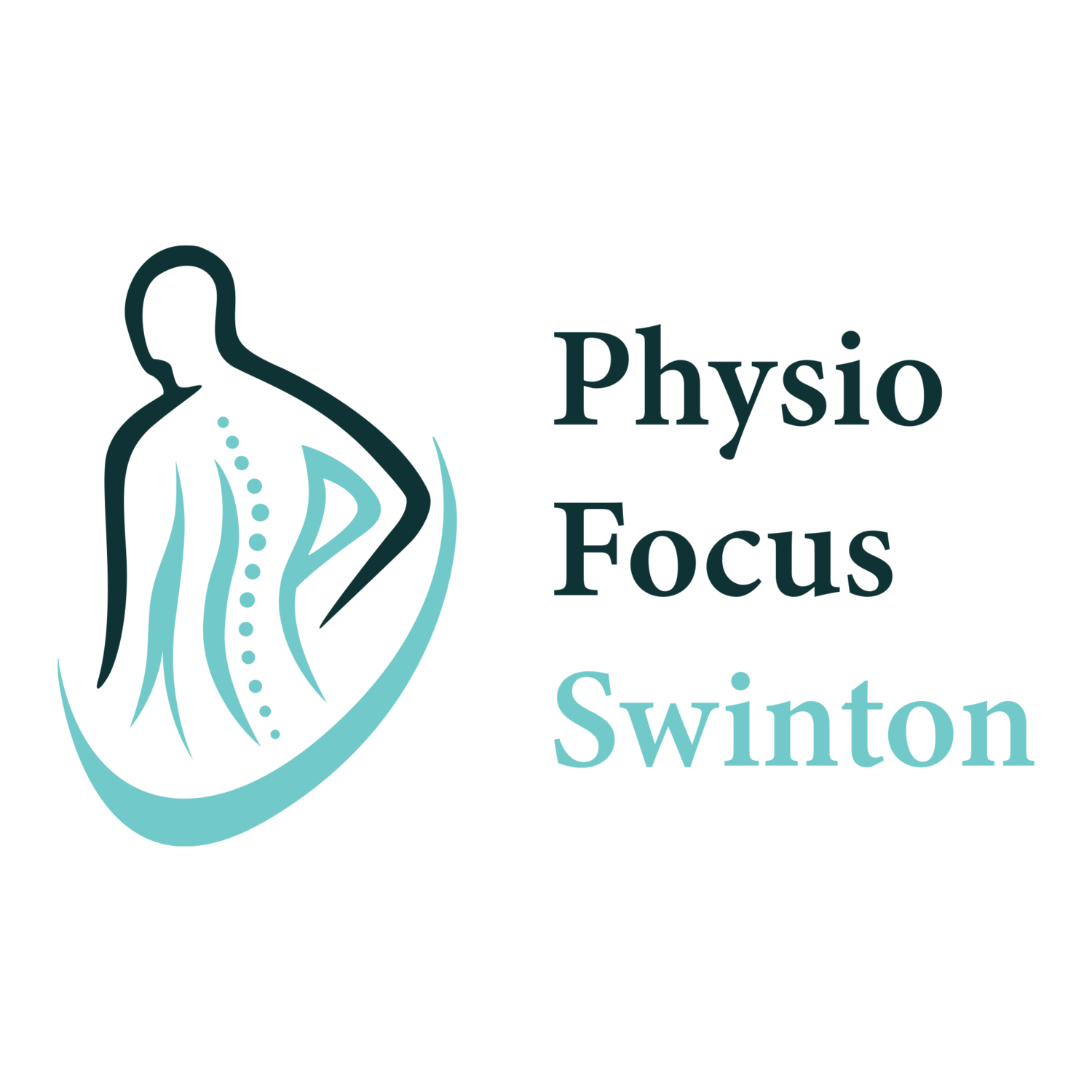Medial Knee Pain
“Do you have pain on the inside of your knee? Have a quick read of our most recent blog to see if you can identify the problem or cause”
In this blog we will discuss a few of the main causes of medial knee pain (inside of the knee), the mechanism of injury, how you can identify the cause of your knee pain and of course what treatment we can provide here at Physio Focus Swinton.
Information
The 3 main structures damaged are: –
1) Ligament
2) Tendon
3) Cartilage
Definitions
Ligament: – a short band of tough, fibrous connective tissue which connects two bones or cartilages or holds together a joint.
Tendon: – a flexible but elastic cord of strong fibrous collagen attaching muscle to bone.
Bursa: – a fluid- filled sac-like cavity, especially one countering friction at the joint
Cartilage: – firm, flexible connective tissue found in the articulating surfaces of joints
Main Issues
Problems
There are four main problems that can be the cause of medial knee pain, they are:-
Medial Collateral Ligament (MCL) sprain
Hamstring tendon sprain
Pes anserine bursitis
Meniscus damage
Below we will discuss each of the above injuries in more detail, talking about the method of onset, the associated problems and the treatment that could be provided in order to speed up your recovery.
Injuries
MCL Sprain
The MCL is one of the four major ligaments of the knee, it is on the inside of the knee joint and starts on the femur (thigh bone) and attaches onto the tibia (one of the lower leg bones)
Method of injury: – Acute, twisting or lateral displacement (knee joint moving inwards towards the other knee) with or without an external force. Also, a noise on impact may be heard.
Symptoms: – There is often localised pain around the medial side of the knee in a diffused manner. Ache/Throb at rest and sharp pain on directional changes.
Hamstring Tendon Sprain
The hamstrings tendon medially consists of the semimembranosus and semitendinosus muscles joining together.
Method of injury: – Sudden acceleration or deceleration, Sometimes overuse and training injury.
Symptoms: – Localised medial pain that may extend higher up than the other injuries. More noticeable on knee flexion and full extension. Ache at rest and sharp pain on the above movements.
Pes Anserine Bursitis
Pes Anserine refers to the conjoined tendons of three muscles, that insert into the medial surface of the tibia. The muscles involved are the sartorious, gracilis and semitendinosus.
Method of injury: – Overuse injury
Symptoms: – Diffused pain at the lower end of the medial knee. Ache can be more noticeable at night, in a position of rest or with the other leg resting on top of it. Can feel hot and is usually worse on most movements.
Meniscus
Meniscus is a crescent-shaped fibrocartilaginous structure that provides structural integrity to the knee when it undergoes tension and torsion.
Method of injury: – Strain under load, e.g. up and down stairs or a sudden directional changes.
Symptoms: – Often feels like the pain is deep within the knee joint. It is not always painful but tends to be when using stairs and getting in and out of the car.
Management
Here at Physio Focus Swinton a physiotherapist will conduct a detailed and precise assessment in order to correctly diagnose the problem which could be a number of different problems. A hands-on approach will be used from the first session in order to get a reduction on pain or associated symptoms immediately. Treatments such as massage, mobilisations and acupuncture could be used with the addition of a home exercise program as well to speed up the progress but also to be able to prevent the issue occurring again.
If you are suffering with Medial Knee Pain or would just like some more information or advice, please don’t hesitate to contact Alex on 0161 222 0680 or email us at physiofocusswinton@gmail.com
